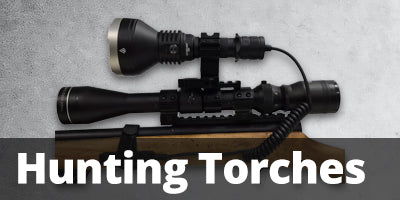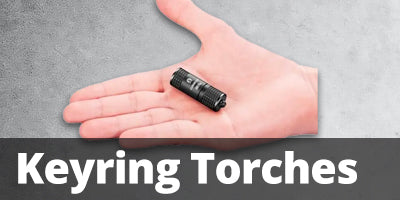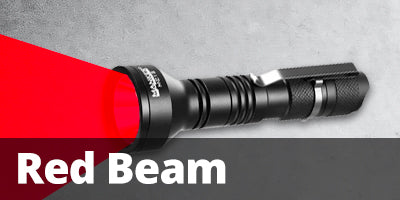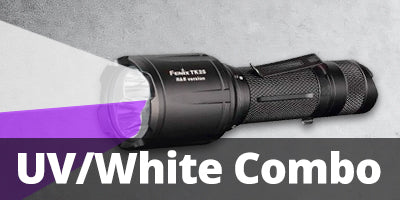
Demystifying Lumens: Choosing the Right Light Output for Your Needs
In the realm of flashlights, torches, and headlamps, one technical term often throws people off: lumens. But understanding lumens is crucial for choosing the perfect lighting tool for your needs. Fear not, fellow illuminators! This guide will shed light (pun intended) on lumens and help you navigate the world of brightness.
Understanding Lumens:
Lumens measure the total amount of visible light emitted by a light source. In simpler terms, the higher the lumens, the brighter the light. However, it's important to remember that lumens are just one piece of the puzzle. Beam pattern (focused vs. floodlight) and candela (intensity of light in a specific direction) also play a role in how a light source illuminates an area.

Matching Lumens to Your Needs:
Here's a general guide to choosing the appropriate lumens for various activities:
- Low-light activities (reading, walking the dog): 500-1500 lumens
- Moderate-light activities (camping, hiking, working around the house): 1000-2000 lumens
- High-light activities (searching for something specific, exploring new environments): 2500-5000 lumens
- Search and rescue, tactical operations: 5000+ lumens
Remember: These are just starting points. Consider these additional factors:
- Personal preference: Some people prefer a brighter light even for low-light activities, while others find it overwhelming. Choose a comfort level that suits you.
- Beam pattern: A focused beam with fewer lumens can be more effective for long-distance tasks than a wider floodlight with higher lumens.
- Battery life: Higher lumens often come at the cost of shorter battery life. Choose a balance that meets your needs.

Beyond the Numbers:
Lumens are a helpful guide, but they don't tell the whole story. Here are some additional tips for choosing the right light:
- Read reviews and compare specifications: This can provide valuable insights into a light's actual performance beyond just the lumens rating.
- Consider the size and weight: If you plan on carrying your light for extended periods, a lightweight and compact option might be preferable.
- Think about runtime: How long do you need your light to last on a single charge? Choose a battery life that aligns with your intended use.
Conclusion:
Understanding lumens empowers you to make informed decisions about your lighting needs. By considering the factors mentioned above, you can choose the perfect light source to illuminate your path, whether it's a casual evening walk or a thrilling adventure. So, go forth, explore, and shed light on your world with confidence!














































